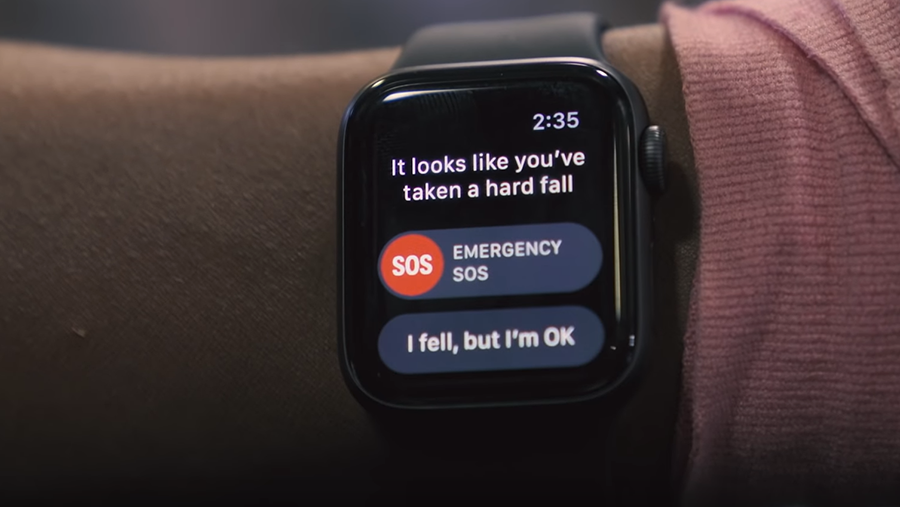The most common cause of injury in older adults is fall, which can create ongoing health problems. However, it’s usually after the fall that treatment and awareness follow. In a study, researchers at the University of Illinois College of Medicine at Urbana-Champaign, found that wearable devices with motion sensors can predict older participants’ risk of falling.
In the study, which was part of the NIH’s Women’s Health Initiative, and whose findings were published in npj Digital Medicine, researchers found that measuring unsteadiness in standing and walking can predict the most common injury among adults 65 and older.
Related Wearables to Help the Elderly Stay Healthy and Safe at Home or Outside
“The least expensive low-end smartphones (e.g., the LG Optimus Zone 3 which now costs $30) can measure gait as accurately as the most expensive high-end medical accelerometers, while also being more accurate than fitness devices,” the researchers wrote in the study. “Thus, there is a potential path towards screening and prevention of falls at population scale for the aging population, by leveraging already carried personal phones.”
Each year, 3 million older adults are treated in emergency departments for fall injuries, according to the Centers for Disease Control and Prevention. That includes at least 300,000 older people hospitalized for hip fractures, of which 95 percent are caused by falling.
There are differing reasons why older and younger people fall. Older people are usually unstable and lose balance when walking, standing up or sitting down, while younger people usually misjudge something like a slippery surface.

For their study, the researchers recruited 67 women, all over the age of 60, who were tested on their walking ability and asked about the number of falls they had experienced in the past year. All the participants were originally part of the Women’s Health Initiative in the 1990s and had consented to subsequent extensions of the project. They were given a small device with motion sensors that measured their walking patterns for one week, reports MobiHealthNews.
Researchers found that the data extracted automatically from the devices predicted falls with an average of 73.7% accuracy and 81.1% for precision, the researchers report, noting that accelerometer-based measures of gait are potentially useful in screening older women for fall risk.
“Our prediction showed that we could very accurately tell the difference between people that were really stable and people that were unstable in some way,” said study author Bruce Schatz, head of the Department of Medical Information Science at the University of Illinois College of Medicine at Urbana-Champaign.
Related Apple Watch 4 Fall Detection Turned Off by Default, Here’s How to Turn it On
Schatz would like to see people over 60 having a phone app that constantly records their motion. If their walking becomes unstable, the app could notify the user or their doctor automatically. Then, they could undergo preventive exercises, he added.
“I work a lot with primary care physicians, and they love this [idea], because they only see people after they start falling,” Schatz said. “At that point, it’s already sort of too late.”












